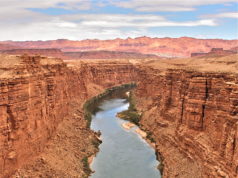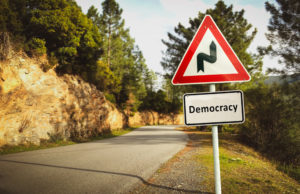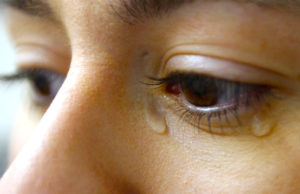— Large, U.S.-flagged ocean-going ships such as tanker, container and
cruise ships will be subject to more stringent emissions standards in
2011 under a rule adopted this week by the federal
The new Clean Air Act standards, which will tighten
the restrictions on nitrogen oxide emissions, also provide for
reductions in hydrocarbon and carbon monoxide emissions from large
vessels. The new rule is an upgrade from existing standards that have
been in effect since 2004.
“Port communities have identified diesel emissions
as one of the greatest health threats facing their people, especially
their children,” EPA Administrator
“These new rules mark a step forward in cutting
dangerous pollution in the air we breathe and reducing the harm to our
health, our environment and our economy,” Jackson said.
Because the new rules apply only to ships with U.S. flags, the impact from these rules alone will be small, since the
But the rule is designed to work in concert with another initiative the
— the creation of a buffer zone 200 miles off the coastline in which
any large vessel, whether foreign or domestic, must burn cleaner fuels.
The plan needs the approval of a
The U.S.-
The buffer zones would extend along the coastlines of both
More than 40 of America’s ports, including the
At present, many large ships burn bunker fuel, the
sludge left over from refining petroleum. Ships that consume bunker
fuel burn off high amounts of sulfur dioxides.
A 2007 study by the
The
would reduce ship emissions of nitrogen oxides by 23 percent,
particulate matter by 74 percent and sulfur oxides by 86 percent.
The buffer zone combined with the new
The coordinated strategy is also expected to reduce
nitrogen oxide emission rates by 80 percent and particulate emission
rates by 85 percent compared to the current limits on these ship
engines.
Those emissions reductions would translate into the prevention of up to 31,000 premature deaths a year, the
Via McClatchy-Tribune News Service.














